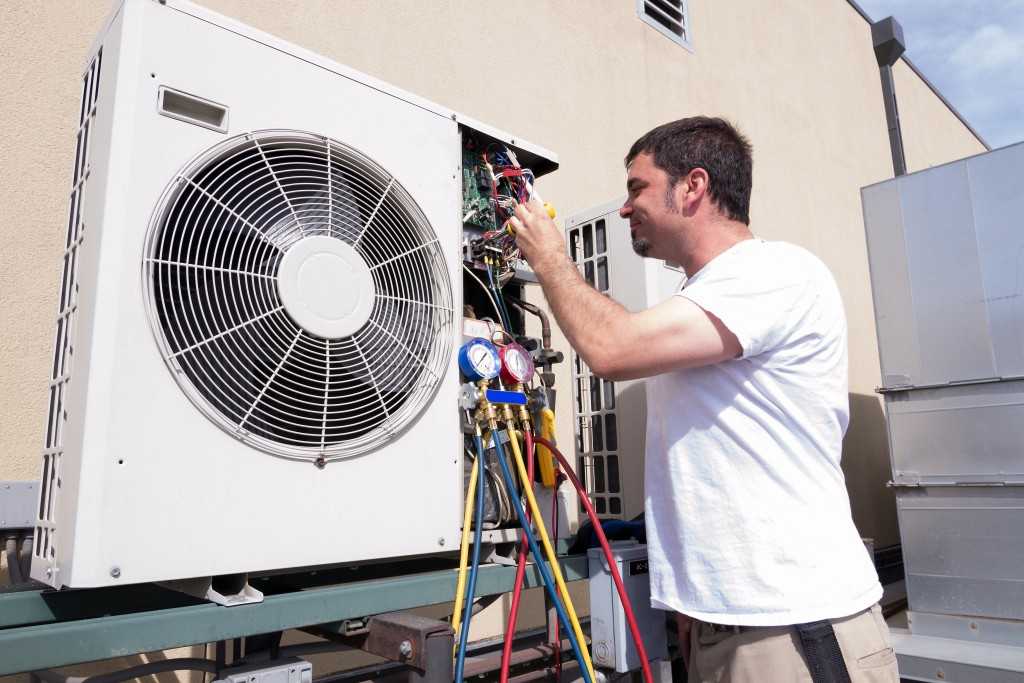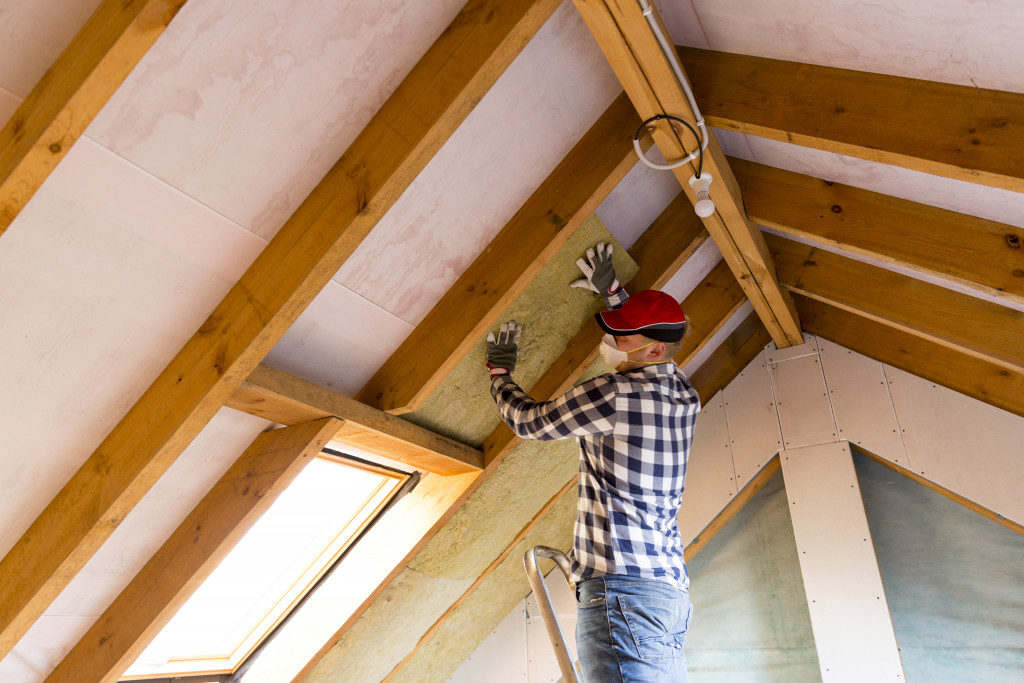The average monthly utility bill is £61 for a flat or small home. Bigger homes can run up a utility bill of more than twice that, at £125 a month. Should your power and gas bills exceed amounts like these, you could do well to apply these measures to make your home more energy-efficient.
1. Insulate your Walls
When your walls aren’t insulated, your home retains less heat during winter, and the heat can be more penetrating during summer. These conditions can cause you to turn up the radiator and use the water heater more often during the cold months, and make you use the air conditioning more often come summer. It’s no surprise then how your uninsulated walls contribute to your high electric and gas bills.
You can hire a contractor or install the insulation or drylining yourself; just be sure to have sufficient dry lining tools and supplies ready and use a guide like this to know the proper safety measures and installation procedure. Don’t forget to insulate the attic if you have one. Since hot air rises, a properly insulated attic can trap much-needed heat in winter and stave off excess heat in the summer.
2. Replace Old Appliances
As charming or nostalgic as your old white goods may be, you should replace old appliances with new ones. Old appliances are simply less energy-efficient than newer ones, and it may be impossible to know how efficient they are. Procure new appliances that use standard energy efficiency ratings in the UK, and get appliances with the highest efficiency rating of “A+++” if possible.
For instance, if you use an electric kettle to boil water for tea or coffee, use a new one as older kettles may consume more electricity than you think. On average, an electric kettle costs 2.5 pence to boil water. An old, inefficient electric kettle may cost more.
3. Replace Old Lighting
Old incandescent lights are less efficient in turning energy into light. Only about 10% of the energy used by this antiquated type of lighting is converted into light, while the rest is wasted as heat. New Light-Emitting Diodes or LED lamps and compact fluorescent lamps use 50-75% less energy.
Combine LEDs with special lighting controls such as dimmers or timers and you can make your home’s lights even more energy-efficient. Compact fluorescent lamps and LEDs also last at least 10 times longer than old incandescent lights, so you also save money by not having to replace these as often.
4. Use Appliances and Electronics Wisely

Part of the reason why your utility bills are high may be due to being unknowingly wasteful, or not properly using your appliances and gadgets. For instance, if your refrigerator or freezer is placed close to your stove, heat vents or dishwasher, the warmth could force them to consume more energy to cool their contents.
Computers, game consoles, the telly, DVD players and other devices should be shut off when not in use. You may be surprised to know that chargers for laptops and cellphones consume energy as they are plugged in, so unplug them when not in use.
There are many ways to make your home more efficient in its use of gas and electricity. Insulating its walls and replacing appliances with new and better-functioning units, updating the lighting, and making judicious use of your appliances and electronic devices can contribute to lowering your utility costs.

